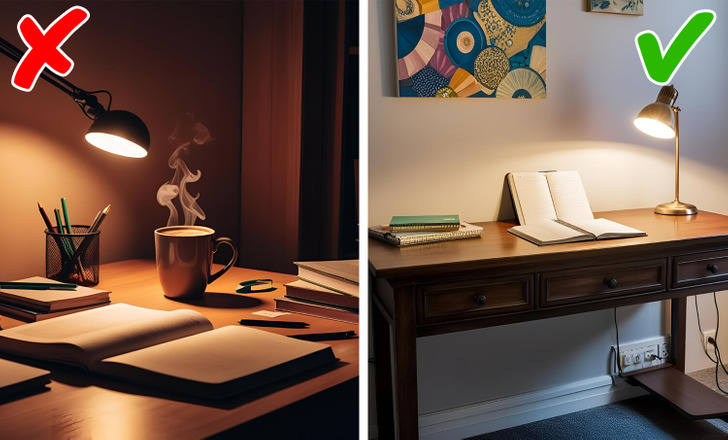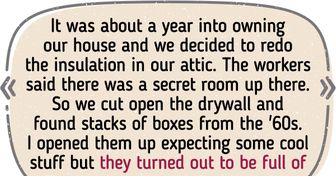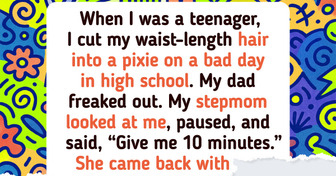9 Trendy Color Combinations That Are Dominating 2025


Did you know that the average attention span is 8.25 seconds? This proves that concentration is a major thorn poking at people's productivity. We have 8 suggestions that may provide you with a fix and help you increase your focus.
DISCLAIMER: Please refer to your doctor or physician for medical advice. These are simply suggestions.
If you're a fan of popping a piece of gum into your mouth, here’s a fun little perk you might not know about—it’s not just great for freshening your breath! According to research, chewing gum can actually give your brain a boost, especially when you’re tackling tests or focusing on tasks. In fact, the first 20 minutes seem to be the sweet spot for this mental pick-me-up.
Experts say this brain-boosting effect comes from something called “mastication-induced arousal.” Sounds fancy, but it simply means that chewing wakes up your brain and helps you stay alert. So, next time you need to focus in class or power through an exam, try reaching for a stick of gum—it might just be your new favorite study hack.
Life can be hectic, and staying focused isn't always easy. But here’s a simple trick that can make a big difference: reward yourself! Giving yourself small treats after completing a task can keep you motivated and make studying feel a lot more satisfying.
For example, if you’ve just wrapped up outlining a tough project, why not treat yourself to a piece of chocolate or a scoop of ice cream? Managed to stay off your phone for 30 minutes? That definitely deserves a little something too!
Speaking of phones, we all know how tempting those constant notifications can be. One buzz, and suddenly you're scrolling through social media instead of your notes. One smart move is to switch off notifications while you’re studying. That way, you won’t get pulled out of focus every time your phone lights up with a message or a like. It’s a small change, but it can make a huge difference in your productivity.
Eliminating distractions is crucial for enhancing concentration, as our brains have a limited capacity for attention. When we juggle multiple tasks or face constant interruptions, our cognitive resources become depleted, leading to diminished focus and productivity. Creating a distraction-free environment allows us to direct our attention fully to the task at hand, improving efficiency and the quality of our work.
Additionally, minimizing distractions can reduce mental fatigue and stress. Constantly switching between tasks or dealing with interruptions can cause mental overload, leaving us feeling drained. By fostering a focused workspace, we not only enhance our concentration but also promote better mental well-being and overall performance.
Using a timer can significantly enhance concentration by introducing structured intervals of focused work and rest. The Pomodoro Technique, for example, divides work into 25-minute sessions followed by 5-minute breaks, with longer breaks after every fourth session. This method helps maintain mental clarity and prevents burnout by balancing productivity with necessary rest.
Additionally, the ticking of a timer fosters a sense of urgency, which can combat procrastination and increase motivation. Knowing that you only need to focus for a short period makes starting tasks less daunting and can lead to sustained productivity throughout the day.
Color psychology offers a powerful yet often overlooked tool for enhancing concentration. By strategically incorporating certain hues into your environment, you can influence your mental state and improve focus. For instance, blue is associated with calmness and serenity, creating a peaceful atmosphere conducive to productivity.
On the other hand, yellow is linked to positivity and energy, potentially boosting creativity and mental agility. However, it's important to note that individual reactions to colors can vary, so personal preferences and the specific context should be considered when designing your workspace.
Implementing the right color schemes can transform your workspace into a more productive environment. For example, incorporating blue tones can foster a tranquil setting that enhances concentration, while yellow accents might stimulate creative thinking. It's crucial to tailor these color choices to your personal responses and the nature of your tasks to maximize their effectiveness.

Proper lighting plays a pivotal role in enhancing concentration by aligning with our natural circadian rhythms and reducing visual strain. Bright, cool-toned lighting (around 5000–6500K) mimics daylight, promoting alertness and focus, which is particularly beneficial during tasks requiring sustained attention. Conversely, dim or warm lighting can induce relaxation but may lead to drowsiness and decreased cognitive performance.
Moreover, task-specific lighting, such as adjustable desk lamps, allows individuals to direct light precisely where needed, minimizing shadows and glare that can disrupt focus. This customization not only enhances visual comfort but also empowers individuals to create an environment conducive to concentration.
Here’s some delightful news for all the chocolate lovers out there—your favorite treat might actually help you hit the books more effectively. Dark chocolate is rich in flavonoids, powerful compounds known for their anti-inflammatory and antioxidant superpowers. According to scientists, enjoying a bit of dark chocolate can enhance memory and sharpen focus for up to two hours afterward. Pretty sweet, right?
What makes dark chocolate stand out from its milkier cousins is its higher cocoa content. That extra cocoa brings a bunch of brain and body benefits with it—like supporting heart health, helping regulate blood pressure, and even reducing the risk of diabetes. So if you're looking for a clever little hack to make study sessions more productive (and delicious), a square of dark chocolate might be just what you need.
Feeling foggy after staring at your screen for too long? There’s a super simple trick that might help you reset and recharge—no fancy tools required! Just a gentle massage on a specific spot between your eyebrows can do wonders. Not only can it boost concentration and ease tension, but it’s also known to soothe headaches and give your eyes a much-needed break.
Here’s how to try it: place your fingertip between your eyebrows and slowly move it upward, tracing a line about 3 cm long. Apply gentle pressure to this spot for 45 to 60 seconds. You might be surprised how quickly you start to feel the effects.
According to experts, this little technique stimulates a part of the brain that helps melt away stress and tension. Bonus? It’s said to improve skin tone around your eyes and mouth and even support the body’s natural renewal process. Some fans of traditional Chinese medicine also believe it sharpens intuition—so you might just feel a little more in tune with yourself, too.
Another obvious thing we refrained from mentioning is sleep. What isn't obvious, though, is some of the lesser known benefits of sleeping. Beware though. Oversleeping also hides certain risks.











